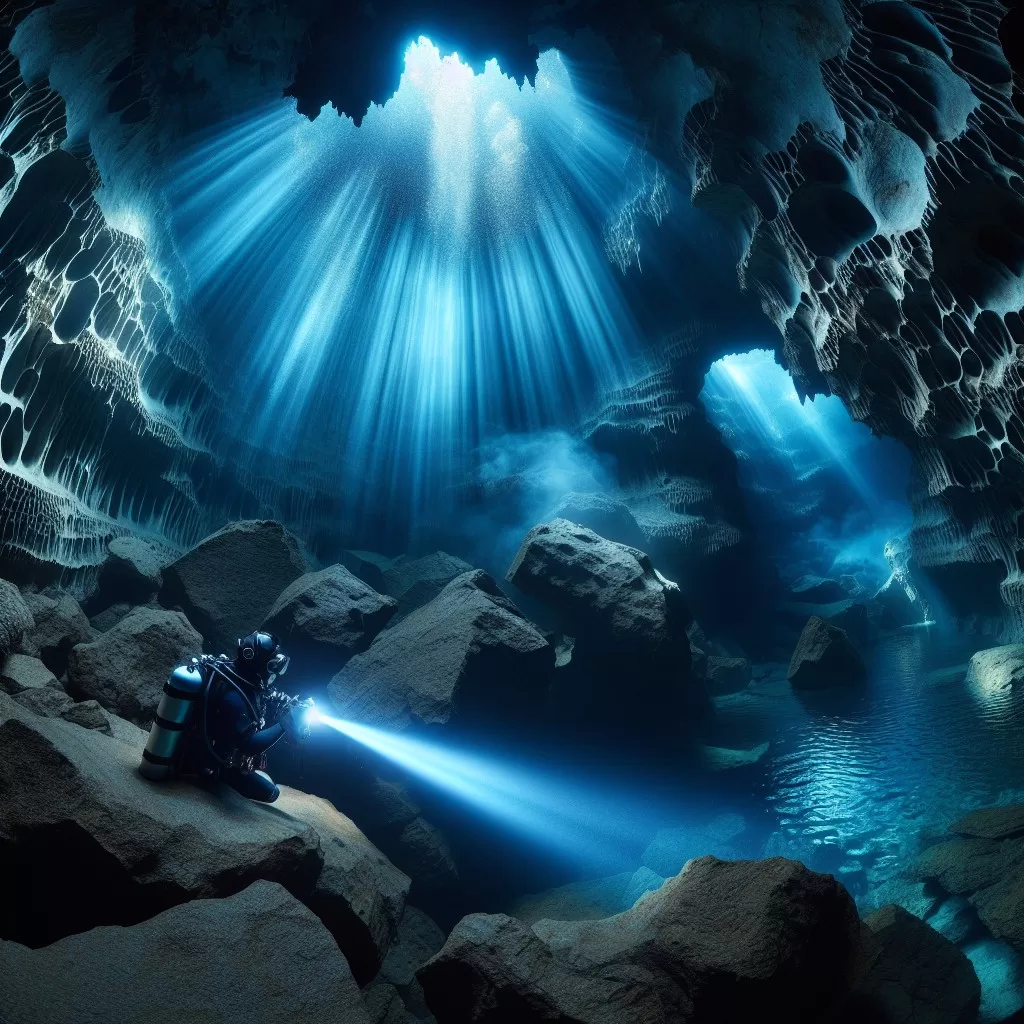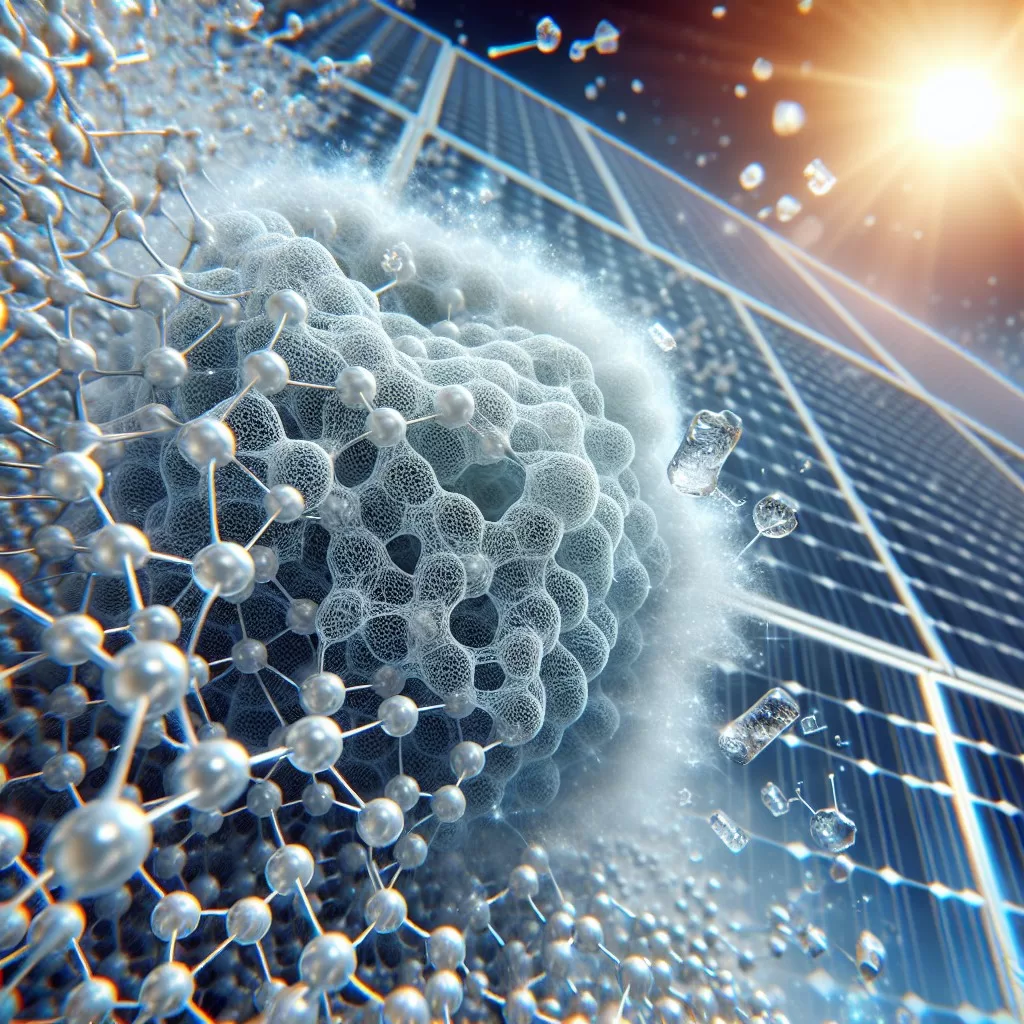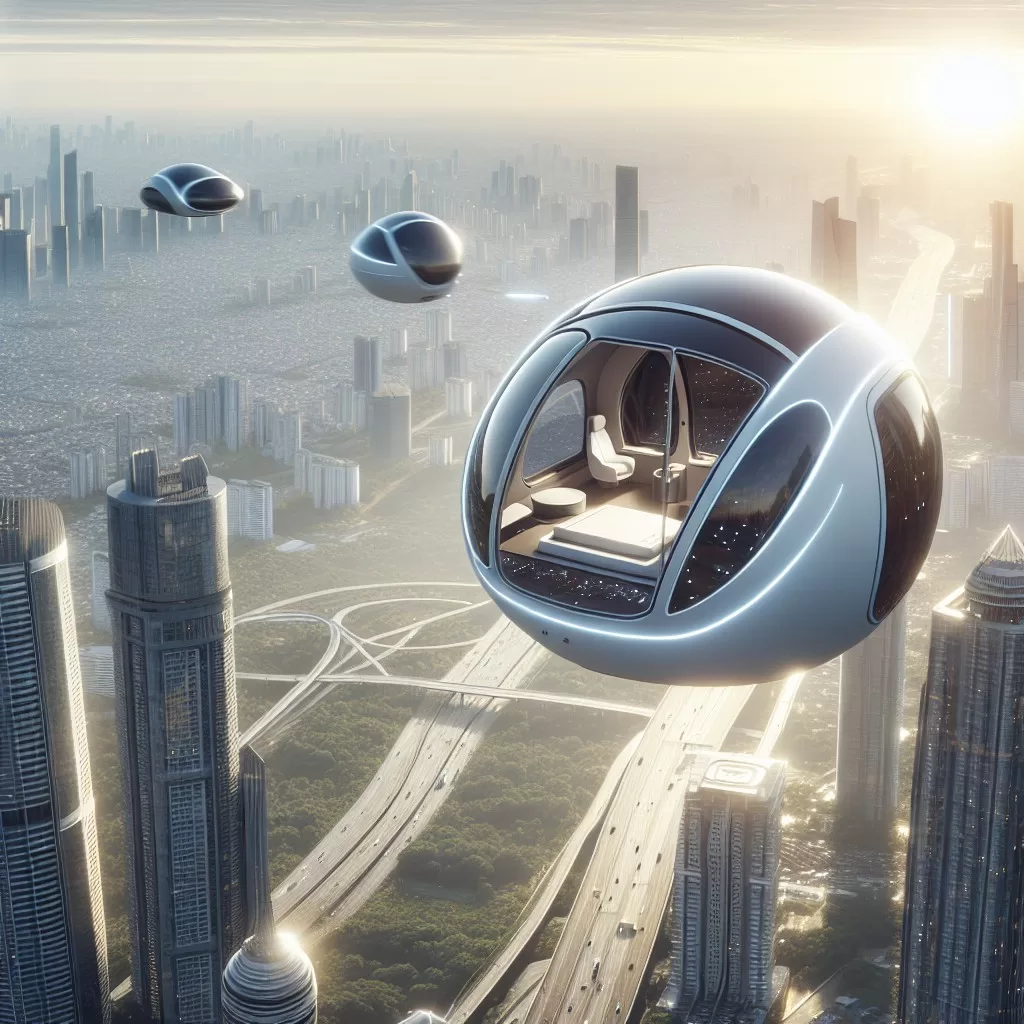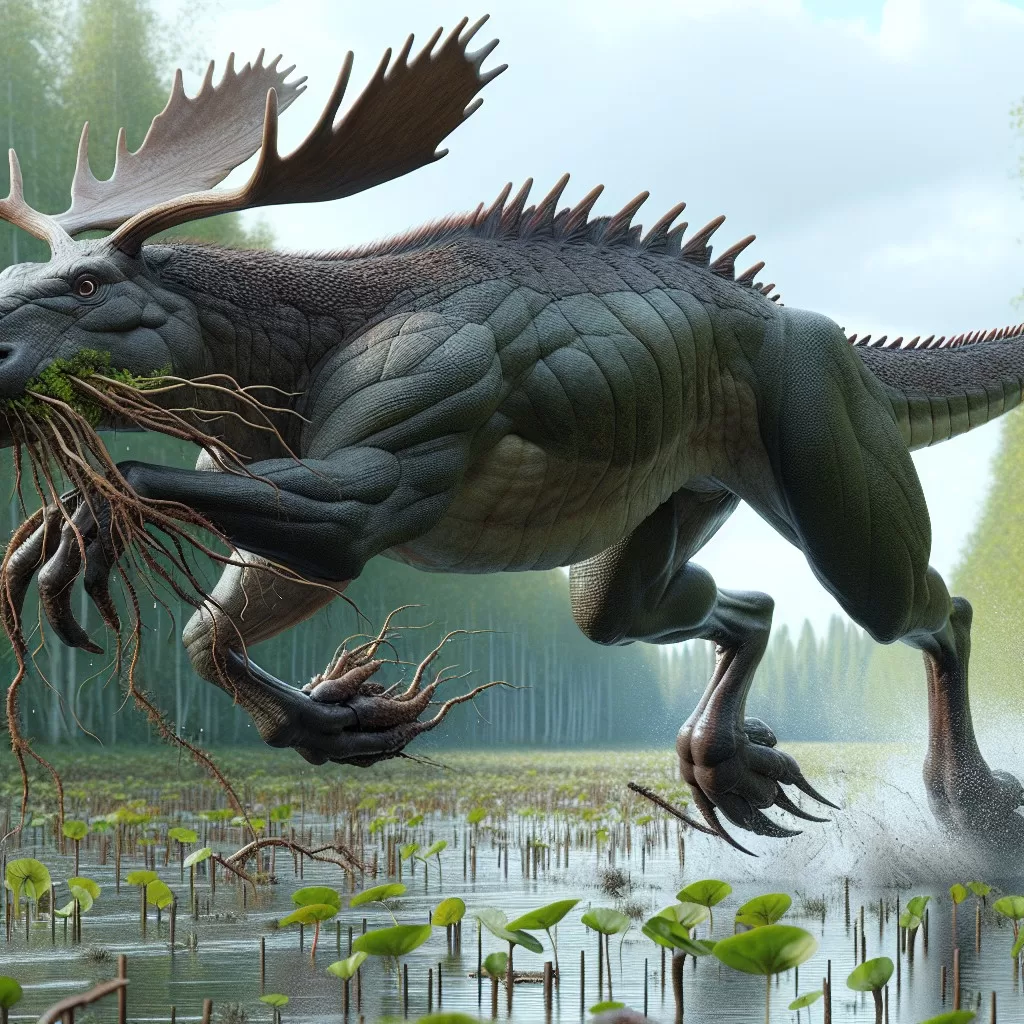In the uncharted waters of the western Greenland Sea, a new marvel of nature has been discovered that could change our understanding of both marine environments and lighting technology. The recently found ‚Arctic Blue Grotto‘ is a mesmerizing submarine cave known for its captivating spectrum of blue hues, which seems almost alive when lit by a specially engineered lighting system. This discovery has not only enthralled the scientific community but also sparked the inception of a novel technology that aims to harness this natural spectacle for broader applications. The ‚Arctic Blue Grotto‘ exhibits a unique phenomenon where the cave walls, when illuminated with specific wavelengths of light, produce an ever-changing tapestry of blue shades that dance across the grotto’s surfaces, creating a living mural of oceanic art. The cave’s geological formations, combined with its underwater location, contribute to this extraordinary display, which until now, was not observable in any other part of the world. Inspired by this natural enchantment, scientists and engineers have teamed up to develop a ‚Bio-Luminescent Light System‘ (BLS), designed not only to replicate the cave’s natural lighting effects but also to adapt these characteristics to modern-day lighting needs. This innovative system utilizes bio-engineered algae, which are genetically modified to emit light in the blue spectrum when stimulated. When used in conjunction with a series of optical sensors and AI, the BLS system can adjust the light intensity and patterns based on its environment, making it a dynamic solution suited for everything from ecological studies to novel architectural designs. Moreover, this system offers environmentally-friendly benefits. The Bio-Luminescent Light System operates at a significantly lower energy cost compared to traditional lighting, and since it uses live algae, it’s completely renewable. Thus, it represents a step forward in sustainable technology, marrying the aesthetics seen in the Arctic Blue Grotto with the practicalities required for ecological and energy efficiency. In-depth research into the grotto’s physical and chemical properties helped the scientific teams to not only understand the mechanisms behind this natural spectacle but also how to replicate them in a controlled setting. Multiple expeditions and experiments have led to a better grasp of the grotto’s unique environment, making the development of the BLS possible. This breakthrough has potential applications ranging from creating ambient environments in homes and public spaces to enhancing underwater research facilities where mimicry of natural light can play a crucial role in studying marine biology without disturbing the native habitats. The Arctic Blue Grotto and its replication through the Bio-Luminescent Light System exemplify how nature’s wonders can lead to pioneering innovations that benefit our environment, change our daily lives, and open new vistas for future technological advancements.
Nejčtenější
Advertisement







Napsat komentář